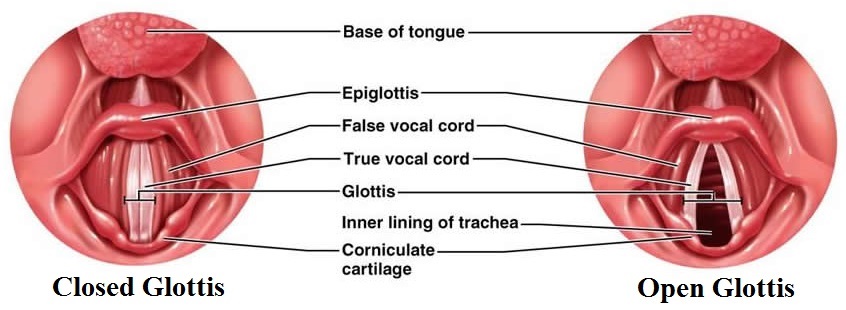Should I Wear A Weightlifting Belt? Are You Using It Wrong?
Learn The DOs and DON'Ts of Using a Weightlifting belt!
Nothing makes me cringe more than when I see someone go after a heavy deadlift or squat and their belt is just flying in the wind moving up and down their core throughout the entire lift.
If you’re going to use one, you need to first learn how.
A weightlifting belt should only be used during heavy lifts to prevent spinal flexion. With that being said, for those of you who wear your belt throughout your entire workout you need to stop. Especially when performing abdominal exercises which REQUIRE spinal flexion to be performed properly.
Many of us were taught as beginners that we should exhale when force is applied to a movement and inhale during the eccentric part. Now this still does hold some truth, especially when endurance training, but as you become a more experienced lifter and you begin to lift more weight you will need a better approach to stabilize your core to prevent spinal flexion and maximize your strength.
This is where the “internal belt” and “weightlifting belt” comes in.
Your internal belt is activated when you hold your breath against a closed glottis while increasing you thoracic abdominal pressure. This will brace your core (abs and back muscles) to make it one solid piece and allow you to lift more weight. To put this in easy to understand terms, you’re basically taking in a deep breath and flexing your abs as hard as you can during a heavy lift to increase pressure in your thoracic cavity (core).

It will take some practice to figure out the right amount of breath to take in. Too much could cause you to get dizzy and pass out where too little will not brace your core at all. If you’ve never tried to activate your internal belt, I suggest you practice with light weight first on various lifts such as deadlifts, the barbell bench press and the barbell squat.
Once you’ve got a handle on activating your internal belt, now is the time to put on your weightlifting belt for added support. When putting on your belt you will need to draw in your core (suck in your gut) and then tighten the belt. You don’t want to put the belt too tight or too loose. If the belt is too loose it will do nothing and if the belt is too tight you will not be able to properly activate your internal belt as described above.
A simple method to figure out the best way to wear your belt would be to activate your internal belt and then tighten the weightlifting belt just enough to slightly restrict your now braced abdominals. However, I would recommend that you still practice using the belt with light weight before going after your 1 rep max.
Once properly worn the added benefit of a weightlifting belt is that as your back muscles apply force to position and support your spine the weightlifting belt will function to add support by increasing your abdominal pressure in the front. It should feel like you are trying to rip the belt in half by flexing your internal belt.
With the extra support from the belt you will have a more rigid torso which will allow you put more effort into pushing through your hips during deadlifts and squats. The new added strength to your torso will also give you a more stable foundation for overhead lifts as well.
Now that you know how to properly wear and activate a weightlifting belt I would like to make it clear that it should not be used all the time. You do not want to become dependent on the belt. I would recommend only using it when lifting weight close to or when performing your 1 rep max on your compound lifts.
Lastly, whether using just your internal belt or when wearing a weightlifting belt you always first take in a deep breath, perform the movement (push or pull) while holding your breath and only exhale after completing the movement.
Now go hit some new PRs Nation! #HTH #SHFAthlete #ProjectGains








